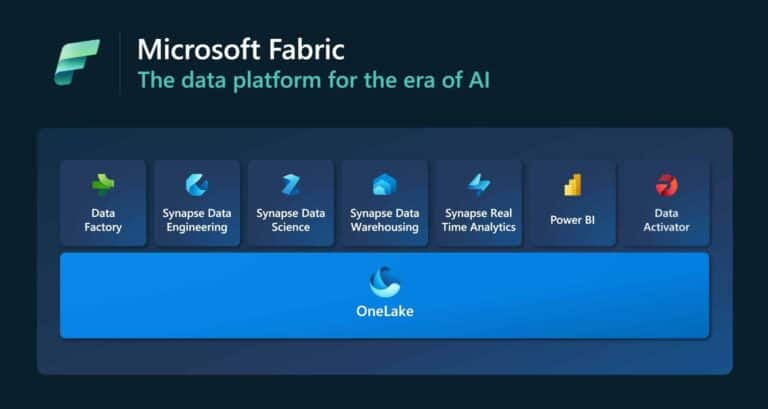Microsoft is expanding its Fabric data platform with new capabilities to make data from external systems directly available for analysis and AI.
The company announced that Oracle and Google BigQuery are now part of Fabric’s mirroring functionality. At the same time, a new graph database is being introduced.
Fabric was launched in 2023 as a unified cloud platform for data and analytics. Later that same year, mirroring was added, a feature that allows data from existing warehouses and databases to be added and managed without complex ETL processes or self-built data pipelines. With the latest update, organizations can replicate a snapshot of Oracle and BigQuery databases to OneLake, the lakehouse system within Fabric, where the copies remain synchronized with the source databases in near real time.
According to Arun Ulag, senior vice president of Azure Data, a snapshot is taken on first use to serve as a baseline. From that point on, Fabric automatically keeps the database up to date, with a delay of less than five minutes. This, he says, eliminates the need for customers to maintain their own pipelines.
However, there are some technical requirements. For example, Fabric must have access to the Oracle database. If it is located on-premises or behind a firewall, a Fabric enterprise gateway is required to establish the connection.
Support for Apache Iceberg
Microsoft emphasizes that customers do not incur any additional costs for the computing power required for mirroring. The company also provides storage in OneLake. Microsoft states that this approach makes data fully accessible and usable in open formats. To this end, Microsoft uses Apache Parquet and the Delta Lake open table format, which is native to OneLake. Support for Apache Iceberg has also been added. This is another open table format that is now widely used by parties such as Google and Snowflake.
The expansion is particularly interesting for organizations that already work with Microsoft products such as Power BI and Synapse. Major competitors such as AWS, Google, Databricks, Oracle, and Snowflake each have their own lakehouse strategy, which means that the choice for Microsoft will be less obvious for some users.
In addition to mirroring, Microsoft is also introducing Graph in Fabric, a low/no-code platform for modeling and analyzing relationships between datasets. This database was developed by the LinkedIn team, which has been part of Microsoft since 2016. Within Fabric, the technology is designed to help companies gain insight into connections and networks in their data, making analyses richer and more useful.
